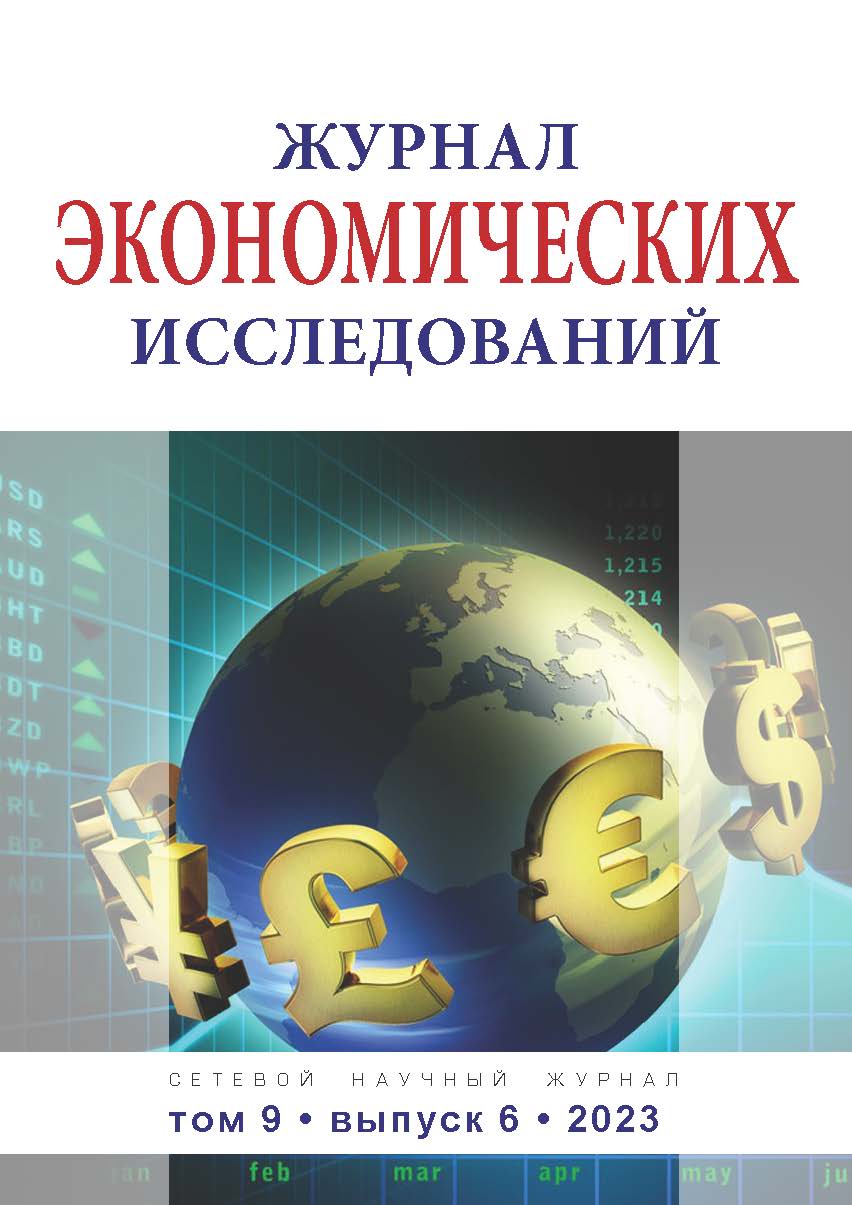Tashkent, Uzbekistan
This study focused on examining the impact of social protection policies on poverty and income inequality in Central Asian countries. Using econometric methods such as a pooled OLS model, a fixed effects model and a random effects model, an empirical analysis was conducted using four social protection indicators from the World Bank database: Building Human Resource (BHR), Equity in the Use of Public Resources ( EPR), Policy for Social Inclusion and Equity (PSE) and Social Protection Ratings (SPR). The regression results showed that only the second and third indicators have a statistically significant effect on poverty and contribute to its reduction. An analysis of the relationship between inequality and social protection using a pooled OLS model showed that all four indicators of social protection were statistically significant and contributed to reducing income differentiation in these countries. However, regression analysis using fixed and random effects models revealed that only Human Resource Development (BHR) and Social Protection Ratings (SPR) were statistically significant and negatively associated with the Ginni coefficient.
Income inequality; poverty; social protection; Central Asia; OLS.
1. Ariel, F. et al. (2009). Conditional Cash Transfers : Reducing Present and Future Poverty. World Bank Policy Research Report. © Washington, DC: World Bank. http://hdl.handle.net/10986/2597
2. Azeem, M. et al. (2018). Do Social Protection Transfers Reduce Poverty and Vulnerability to Poverty in Pakistan? Household Level Evidence from Punjab. The journal of development studies. Available from https://www.tandfonline.com/doi/abs/10.1080/00220388.2018.1448068 [Accessed 2 December 2023]
3. Bakhshinyan, E., Molinas, L., & Alderman, H. (2019). Assessing poverty alleviation through social protection: School meals and family benefts in a middle-income country. Global Food Security, 23, 205-211.
4. Barrientos, A. (2010). Social protection and poverty. International journal of social welfare. Available from https://onlinelibrary.wiley.com/doi/epdf/10.1111/j.1468-2397.2011.00783.x [Accessed 4 December 2023].
5. Devereux, S. (2002). Can social safety nets reduce chronic poverty? Development policy review, 20 (5). Available from https://library.fes.de/libalt/journals/swetsfulltext/15597351.pdf [Accessed 9 December 2023].
6. Forteza, A. and Rossi, I. (2007). The Contribution of Government Transfer Programs to Inequality. A Net-Benefit Approach. Journal of applied economics, 12 (1). Available from https://www.tandfonline.com/doi/abs/10.1016/S1514-0326%2809%2960005-2 [Accessed 10 December 2023].
7. Gentilini, U., & Omamo, S. W. (2011). Social protection 2.0: Exploring issues, evidence, and debates in a globalizing world. Food Policy, 36(3), 329-340.
8. Igharo, E. A., Osabohien, R., Onyemariechi, G., & Ibidapo, D. T. (2020). Monetary policy transmission mechanism, innovative banking system and economic growth dynamics in Nigeria. International Journal of Business Innovation and Research, 21(1), 1-22. https://doi.org/10.1504/IJBIR.2020
9. Osabohien, R., Matthew, A. O., Aderounmu, B., & Olawande, T. (2019). Greenhouse gas emissions and crop production in West Africa: Examining the mitigating potential of social protection. International Journal of Energy Economics and Policy, 9(1), 57-66.
10. Osabohien, R. et al. (2020). Population-Poverty-Inequality Nexus and Social Protection in Africa. Social indicators research. Available from https://link.springer.com/article/10.1007/s11205-020-02381-0 [Accessed 11 December 2023].
11. Borovikova, A. (2023). Social protection of the population is in action. Truth of the East. Available at https://yuz.uz/ru/news/sotsialnaya-zaita-naseleniya---v-deystvii
12. Jalilov, K. (2023). According to the results of the first international assessment of the skills of its schoolchildren, Uzbekistan was in the last ten. Gazeta.uz. Available at https://www.gazeta.uz/ru/2023/12/06/pisa/?utm_source=push&utm_medium=telegram
13. Karimova, D. and Kuchkarkhodzhaev, S (2021). Uzbekistan: social protection of the population during the COVID-19 coronavirus pandemic. Institute of Macroeconomic and Regional Studies. Available at https://imrs.uz/publications/articles-and-abstracts/social_protection






